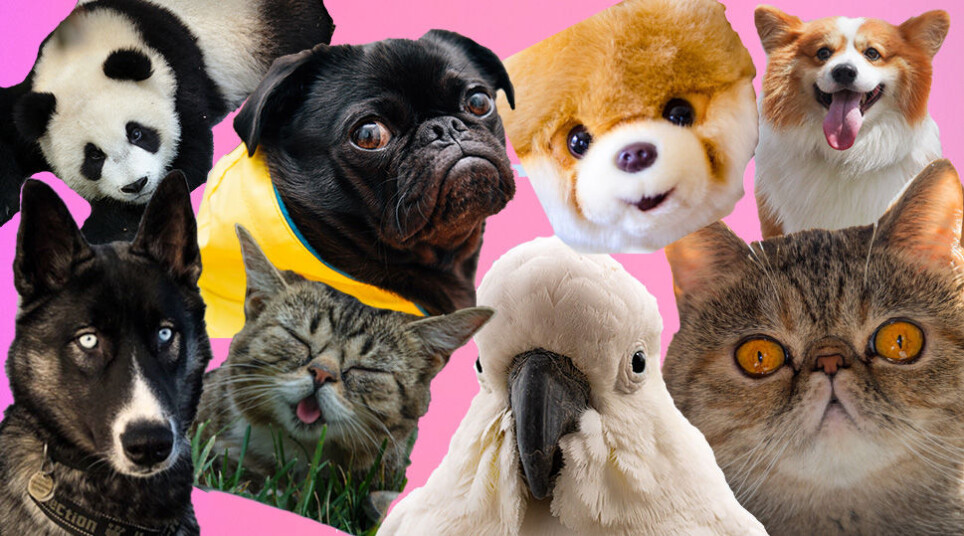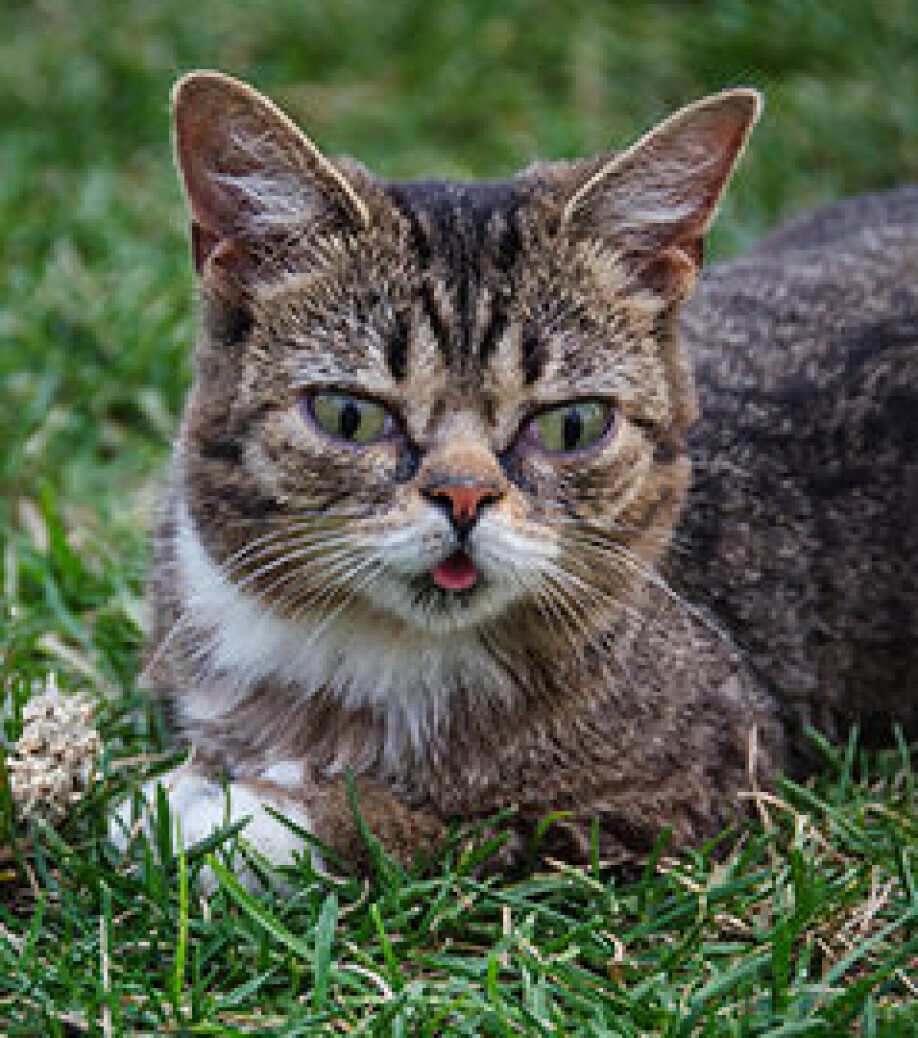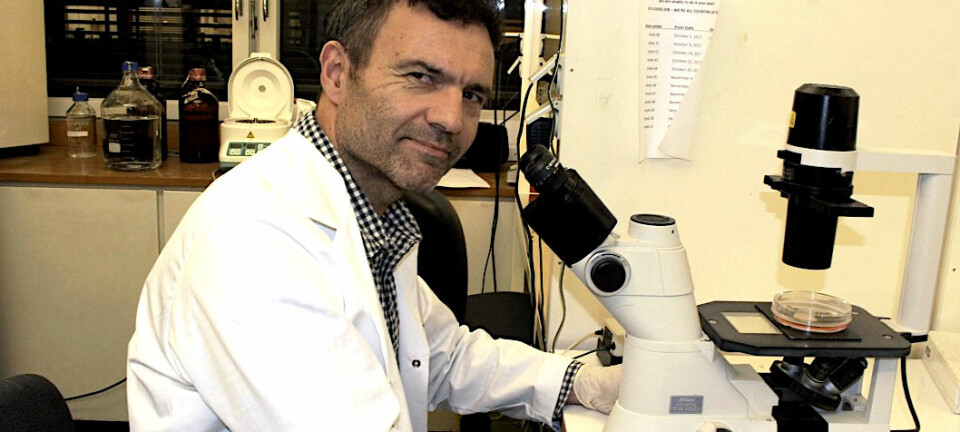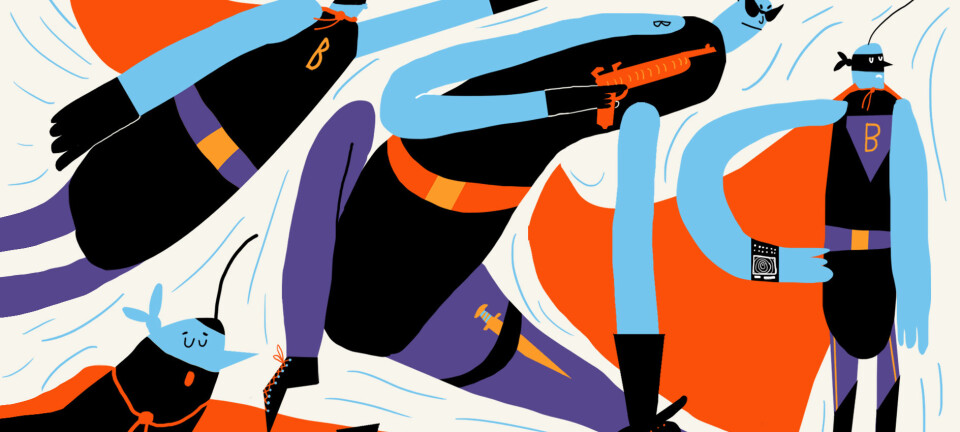This article is produced and financed by University of Oslo - read more

Evolution is the reason you want to watch cat videos online
Being distracted by cute animals is one of the most important characteristics of being human today, argues media researcher.
How many times have you sat down in front of a screen to work or study, but ended up looking at the new Donald Trump meme, or a homemade YouTube video of a cockatoo going amok, or photos of what the biggest celebrities from the 90s look like today?
“Most people probably consider this type of activity as insignificant. It's just something they do every now and then. They don’t see it as defining them in any way. But because cute animal videos, computer games, political trolling and clickbait are things that more or less everyone spends time on, they actually become very important,” says media researcher Andreas Ervik.
“It can’t even be called popular culture. It defines living today,” he adds.
Play, stupidity, cuteness and humour are the topics of the doctoral thesis that Ervik recently submitted to the Department of Media and Communication at the University of Oslo.
He found good reasons to take the things that divert our attention seriously.

Cats versus dogs
For at least a decade, the media have reported that ‘cat videos have conquered the internet’. However, even though cats are popular in all channels, Ervik claims that dogs are even more popular.

“It certainly seems that way based on the traffic and the amount of attention dogs get. The most popular dog, Boo, is also bigger online than Lil Bub, the most popular cat,” says Ervik.
The media researcher has studied these two celebrity pets, also known as The World’s Cutest Dog and The Most Amazing Cat on the Planet.
Both animals died in 2019, but Boo still has 16 million followers on Facebook, while Lil Bub has 3 million followers. Both have large fan groups on Instagram and YouTube. They are two examples of the many furry friends that we love to watch do clumsy or surprising things.
“The reason we spend a lot of time watching Boo, Lil Bub or other animals is that cuteness has become important to us. They have cute appearances, such as big eyes and small paws, but also their clumsy behaviour and need of care are cute.”
The dwarf cat called Lil Bub fascinated people with its unusual appearance, caused by a muscle disease and various deformities. The little cat would hardly survive outdoors, and its owner helped it to urinate and fed it painkillers every morning. He also documented the cat's activities in videos shared on Facebook. The fact that we want to watch them, is all because of evolution, according to Ervik.
“As a species, humans have developed boundless empathy,” he says.
Evolution of cute, playful, stupid and funny
Evolutionary biology is about Charles Darwin, natural selection and survival of the fittest. The idea is that weaker species, genes or humans are overcome by the stronger. But when it comes to how we spend our time online, Ervik sees a completely different development.
“Play, stupidity, cuteness and humour are four factors that are as important to evolution as the idea of survival of the fittest.”
Ervik relates the development of the four factors to similar developments in society, and to animals and plants. For mammals, including humans, being cute has played an important role in their evolution.
“Cuteness has evolved along with a focus on care and behaviour that is non-aggressive and empathetic. Cuteness has been crucial for humans when it comes to how social we are, and how we take care of children for as long as we do. This we project to other species.”
Animal selfies
To share a photo or video with a dog or a cat on social media, can be a way of expressing something about yourself.
“We let the pets stand as more naïve, simple, and cute versions of ourselves,” explains Ervik.
Most animals can do that for us, but in different ways.
“Dogs are outgoing, thrill-seeking, clumsy, get into trouble and do stupid things. Cats are more introverted, laid-back and slightly more observant. However, both animals are fundamentally different from us, and we can never really understand them.”
By expressing ourselves through animals, we get beyond the specifics of human beings – such as age, gender and ethnicity. This is important, according to Ervik.
“If you share a dog or a cat on social media, you can show that ‘this is me and my reaction to something’, but it is a general response. Boo, for example, wants mostly to eat and sleep. This everyone can relate to.”
“So, if you simply want to show that you are tired, you can use a sleeping dog, for example Boo.”
Dark recesses of the internet
Founder of the World Wide Web, Tim Berners-Lee, was asked about what he thought was the most unexpected in how the internet had evolved. He answered ‘kittens’. But despite the huge amount of cuteness online, the internet also has many dark recesses.
“The internet causes unexpected connections, we jump from one thing to another. This has also been the case when I wrote about it. You can be reading about humour, and all of a sudden you are into something on terrorism. You are reading about cuteness and all of a sudden you read something much darker. There is a clear ambivalence in digital culture,” says Ervik.
The little balls of fluff can get too cute. The cuteness and helplessness can trigger aggression. Ervik calls it ‘cute aggression’, which stops us from becoming overwhelmed by the cute, big eyes and furry paws.
“Our obsession with cuteness has both positive and negative aspects. However, through evolution, humans have turned from rejection of vulnerable, cute beings to boundless empathy for them," he says.
Unrealistic to be productive 24/7
Much of the debate and research on new digital media is about how people are drawn towards screens and waste their time and attention on useless time thieves. Media researchers study digital detox, or speculate in who will win the attention of the audiences.
Ervik wanted to take a different approach.
“I think that, fundamentally, we allow ourselves to be distracted. Our brains have evolved to switch modes and to be diverted,” he says.
According to Ervik, it is common to be more or less susceptible to clickbait or cute animals during a day.
“Focusing on work over lengthy periods of time is a rather strange way to use one’s brain. In a way, it is natural that we allow ourselves to become distracted, that we flow into a more associative and open mind-set.”
Digital media make it easy for us to get distracted.
“You might think that these distractions arouse with digital technology, and that they would not exist if not for Facebook. But I think they are indications of how our brain works.”
He reminds us that some people manage to concentrate on their work, and may never watch cat videos.
“However, so many people get distracted, that this becomes one of the most important aspects of digital culture, and one of the most important characteristics of being human today.”



































